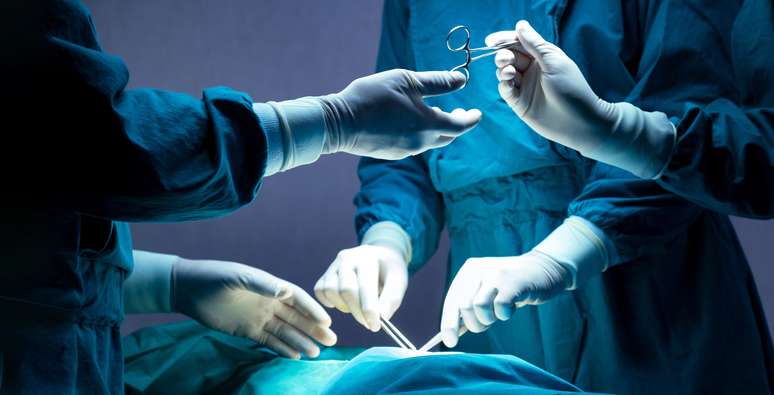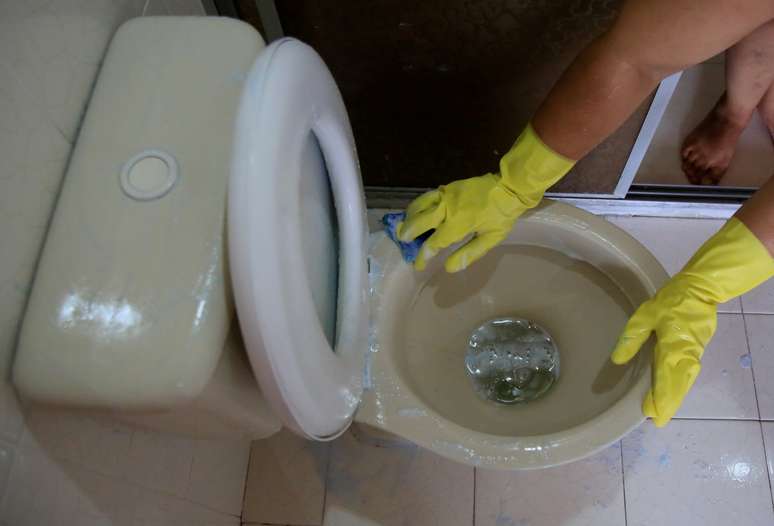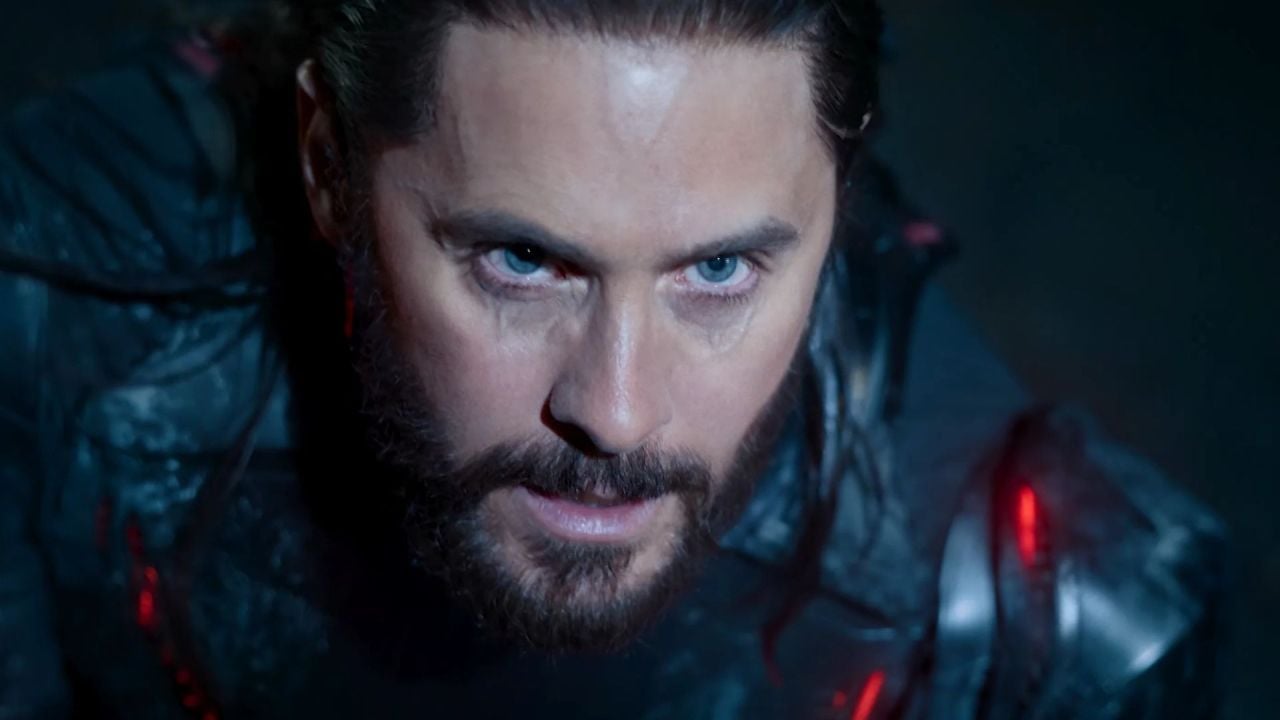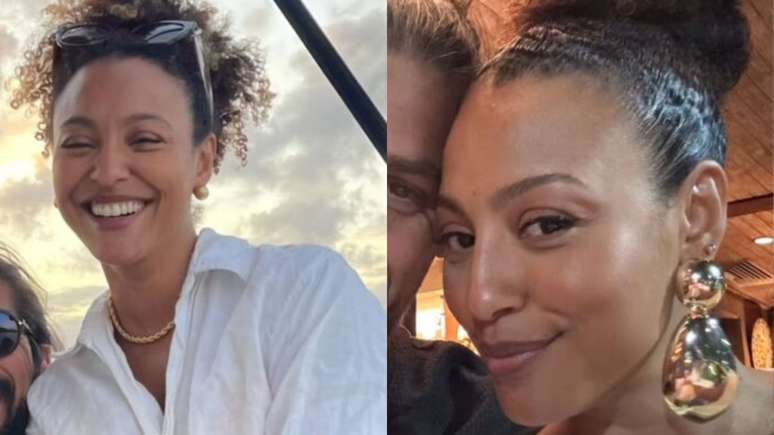For people with dwarfism or similar disabilities, bone lengthening can be done through the public health system.
html[data-range=”xlarge”] figure image img.img-37dbb7d435f61206c373092fc31eb8bbfltsddsv { width: 774px; height: 395px; }HTML[data-range=”large”] figure image img.img-37dbb7d435f61206c373092fc31eb8bbfltsddsv { width: 548px; height: 280px; }HTML[data-range=”small”] figure image img.img-37dbb7d435f61206c373092fc31eb8bbfltsddsv, html[data-range=”medium”] figure image img.img-37dbb7d435f61206c373092fc31eb8bbfltsddsv { width: 564px; height: 288px; }
Bone-lengthening surgery, which makes people grow bigger, has gained advocates, and it’s not just people with dwarfism who seek out the procedure. People dissatisfied with their height have also sought out cosmetic surgery.
Although there are already two types of technique available worldwide, only one of them is used in the country. This method is the external one. The former president of the Brazilian and World Society for Bone Reconstruction and Stretching and a member of the Cohen Institute of the Albert Einstein Israelite Hospital, orthopedist José Carlos Bongiovanni explains it to Earth procedure details.
“It begins with an osteotomy – a cut in the bone, followed by the application of an external fixator or intramedullary nail to promote bone growth,” explains the doctor.
According to the specialist, this type of technique can generate growth of up to 1 millimeter per day, driven by physiotherapy. The process can take up to three years. For people with dwarfism or comorbidities that cause limbs to diverge, the procedure is already done by SUS.
In cases involving only aesthetics, the procedure is still private or contracted, and the intervention costs from R$ 100,000 and can go up to more than R$ 200,000.
Purpose of bone lengthening
There are three purposes for bone lengthening surgery. The first is to correct the discrepancy of the limbs, while also correcting the deformities associated with this uneven growth of the lower and upper limbs.
The second is to lengthen individuals with dwarfism, especially achondroplastics, people who have a disproportionate body. “And in that case lengthening surgery is needed, as these people are marginalized in society because of their height. Many cannot perform basic activities such as turning on the light, taking the bus, climbing stairs. There are many difficulties that affect the quality of life,” says orthopedic surgeon José Carlos Bongiovanni.
Stretching is a continuous program. In the first phase, the legs are lengthened and gain about 10 cm. Then the arms, which grow by an average of 8 centimeters and, finally, the femurs by about 10 centimeters. “It is necessary to stretch 20 centimeters in the lower limbs and eight in the upper limbs to give proportionality and for the body to return to being functional”.
Aesthetics also guide surgery
These cases cited by the specialist are those of people with dwarfism or stature much below average. The procedure also began to be sought after by individuals without deformities, but with dissatisfaction with their height. These cases may also undergo surgery however there is very extensive preparation for these patients to be approved.
“First of all, this individual needs a psychological report so that doctors can understand why he wants to have the procedure. It is necessary to understand whether there is a problem with self-esteem or something pathological. It is also necessary to know what the patient’s relationship is with the people close to him and if he has family support to undergo this operation. It is not simple, so you have to know if he is willing to go through the obstacles of the procedure ”, explains the orthopedist.
After that part, the doctor must have a hospital center and a qualified team behind the surgery, which does not end once the patient is discharged. This patient should be examined every 15 days by a multidisciplinary team, so that there is no deformity, joint stiffness and limb disproportion.
Brazil is still lagging behind
The most effective procedure in the world is internal lengthening, in which a rod is placed inside the bone and the lengthening takes place inside the prosthesis using electromagnetic control. However, it is not yet available in Brazil and the biggest problem is the price, according to the doctor.
“Stems are very expensive. For 11 years we have been trying to apply for them to be imported, but so far it has not been possible. In cases of patients who can afford the costs, we perform the surgery outside of Brazil. But the value is much higher,” she says.
Source: Terra
Ben Stock is a lifestyle journalist and author at Gossipify. He writes about topics such as health, wellness, travel, food and home decor. He provides practical advice and inspiration to improve well-being, keeps readers up to date with latest lifestyle news and trends, known for his engaging writing style, in-depth analysis and unique perspectives.







![Tomorrow we belong to: What awaits you in the 2054 episode of Thursday on October 16, 2025 [SPOILERS] Tomorrow we belong to: What awaits you in the 2054 episode of Thursday on October 16, 2025 [SPOILERS]](https://fr.web.img6.acsta.net/img/3f/3b/3f3b56983d580fbe5136143378b45a29.jpg)
